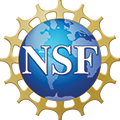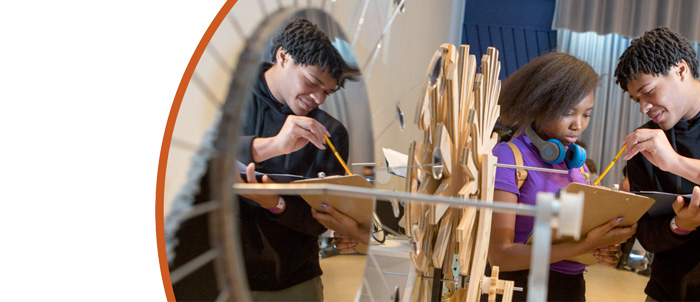A review of the current state of STEM sign language lexicons
Effective Years: 2023-2024
Deaf and hard of hearing individuals (DHH) in STEM remain a small percentage of both the disability and general community leading to a severe underrepresentation in STEM. Many DHH students are in K-12 classes and often are the only DHH student or one of few DHH students with a sign language interpreter. Despite the surge of STEM sign language development and its popularity in the media, technical terminology in sign languages for STEM terms and concepts is still lacking, and what does exist is not widely known. Most current STEM sign language lexicons focus primarily on creating a collection of single-word, single-sign videos within a small cohort of individuals. However, this current framework prevents widespread dissemination and conceptually accurate sharing of information to K-12 schools, K-12 interpreters, and DHH STEM professionals. To solve these issues, this project will organize a series of workshops that will culminate with a summit to discuss the current state of STEM sign lexicons around the world.
This project aims to assess and evaluate the use and success of STEM sign language lexicons in three critical areas. First, the team will evaluate the ethical and linguistic implications of robust STEM sign language development by researchers and the downstream impact on the educational community. Second, participants and organizers will develop assessment and evaluation tools for the K-12 classroom and extra-curricular activities. Finally, the participants will formulate new research directions to ensure sustainability of STEM sign language lexicons in the digital world. The project includes a series of convenings to bring together STEM education, linguistics, and anthropology experts along with the developers and leaders of current STEM sign language lexicons to lead new research that improves STEM education for DHH students in K-12 settings.
This project is supported by NSF's EHR Core Research (ECR) program. The ECR program emphasizes fundamental STEM education research that generates foundational knowledge in the field. Investments are made in critical areas that are essential, broad and enduring: STEM learning and STEM learning environments, broadening participation in STEM, and STEM workforce development. The program supports the accumulation of robust evidence to inform efforts to understand, build theory to explain, and suggest intervention and innovations to address persistent challenges in education.
This award reflects NSF's statutory mission and has been deemed worthy of support through evaluation using the Foundation's intellectual merit and broader impacts review criteria.




